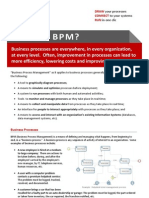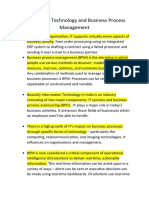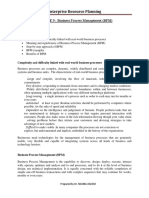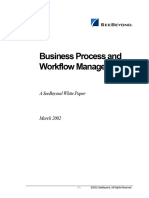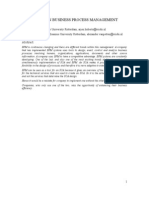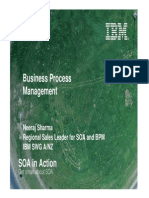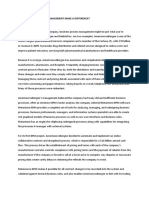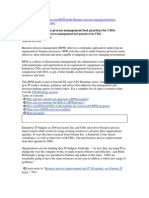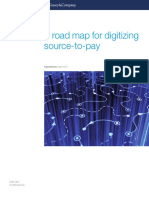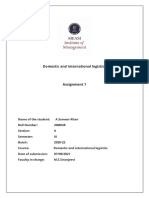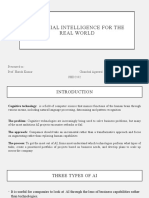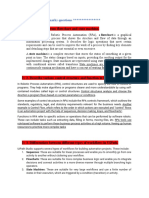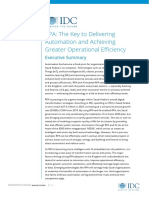0% found this document useful (0 votes)
11 views8 pagesWeek 4 Assignment
Business Process Management (BPM) is a comprehensive methodology that optimizes and automates processes across various organizational units, enhancing efficiency and decision-making. The paper compares BPM with ITIL and COBIT frameworks, highlighting BPM's broader application beyond IT governance. It also discusses appropriate scenarios for BPM implementation, such as in banking and HR, showcasing its ability to streamline complex operations.
Uploaded by
Chaitanya LingalaCopyright
© © All Rights Reserved
We take content rights seriously. If you suspect this is your content, claim it here.
Available Formats
Download as PDF, TXT or read online on Scribd
0% found this document useful (0 votes)
11 views8 pagesWeek 4 Assignment
Business Process Management (BPM) is a comprehensive methodology that optimizes and automates processes across various organizational units, enhancing efficiency and decision-making. The paper compares BPM with ITIL and COBIT frameworks, highlighting BPM's broader application beyond IT governance. It also discusses appropriate scenarios for BPM implementation, such as in banking and HR, showcasing its ability to streamline complex operations.
Uploaded by
Chaitanya LingalaCopyright
© © All Rights Reserved
We take content rights seriously. If you suspect this is your content, claim it here.
Available Formats
Download as PDF, TXT or read online on Scribd
/ 8

